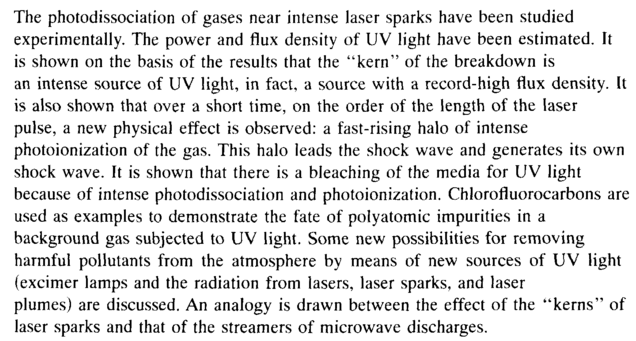|
|

| VOLUME 60 (1994) | ISSUE 1 |
PAGE 9
|
Effect of intense UV flashes from laser discharges in gases: observation of a fast-rising photodissociation halo leading a shock wave
Askar'yan G. A., Korolev M. G., Korchagina E. G., Yakushkin K. L.

|
|


 Home
Home